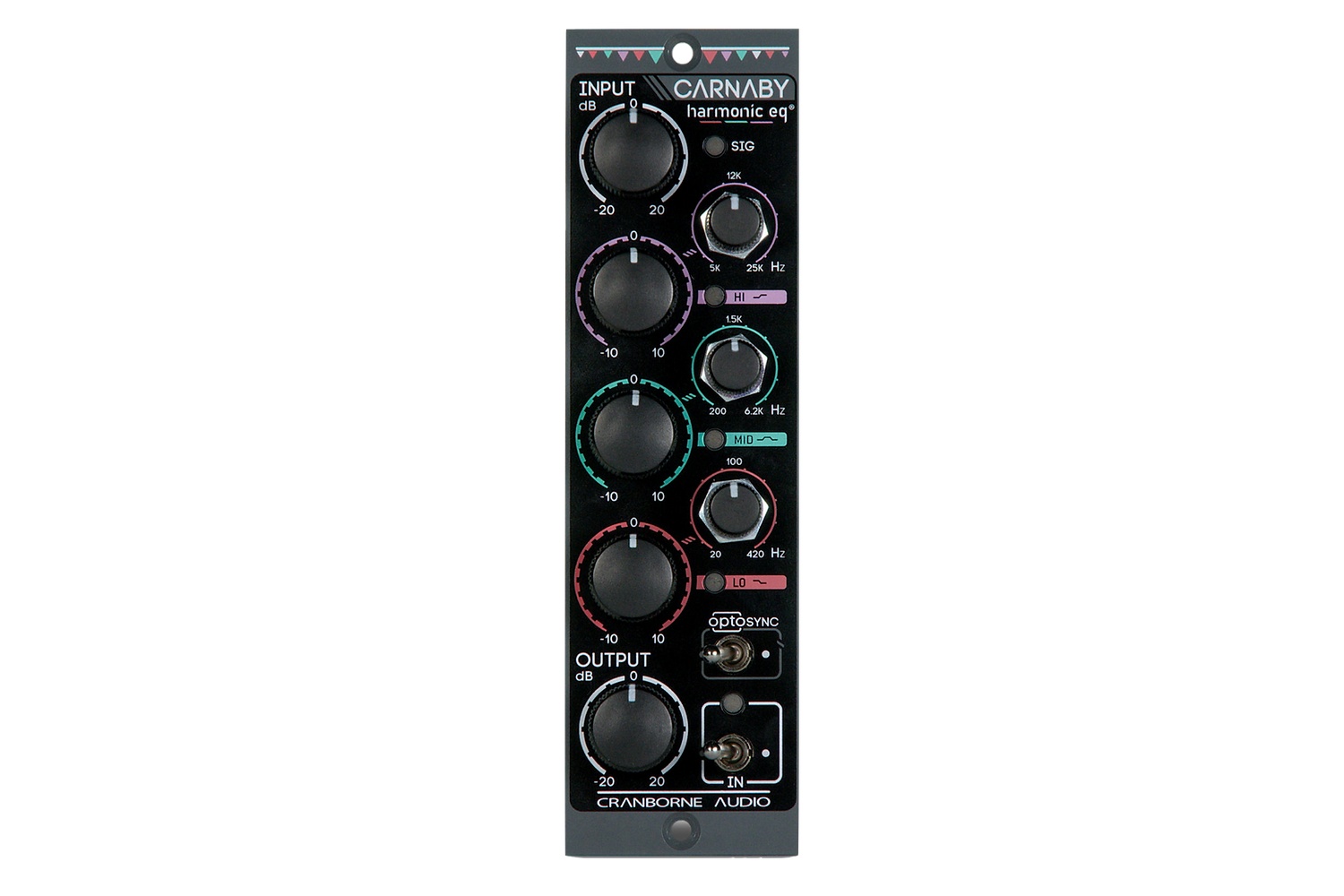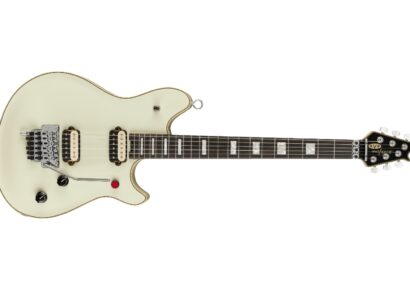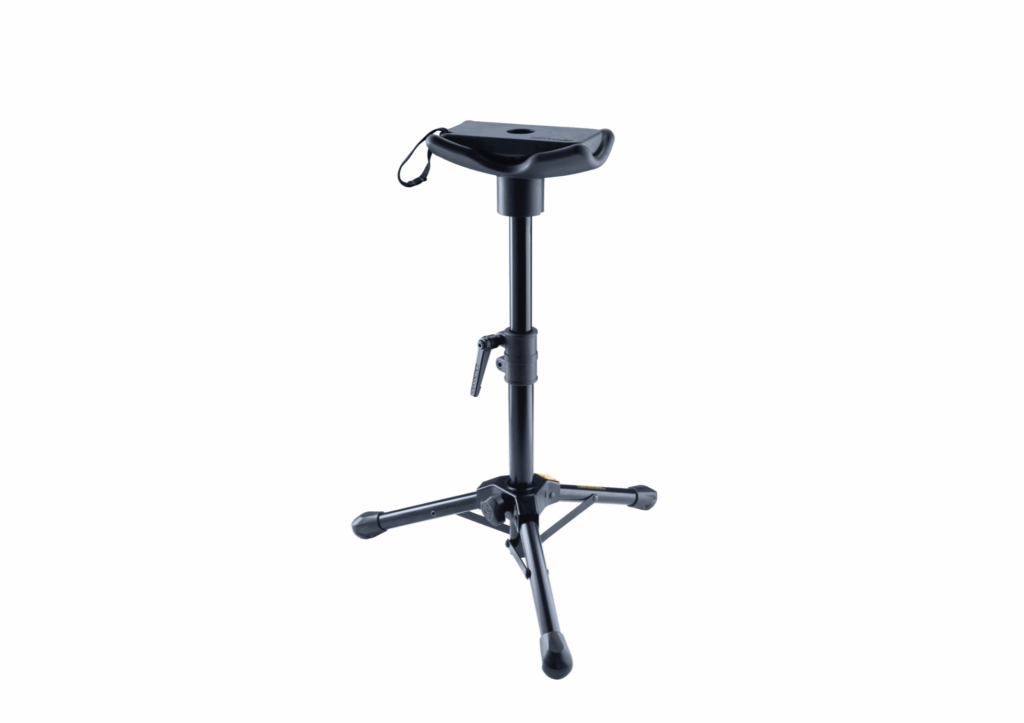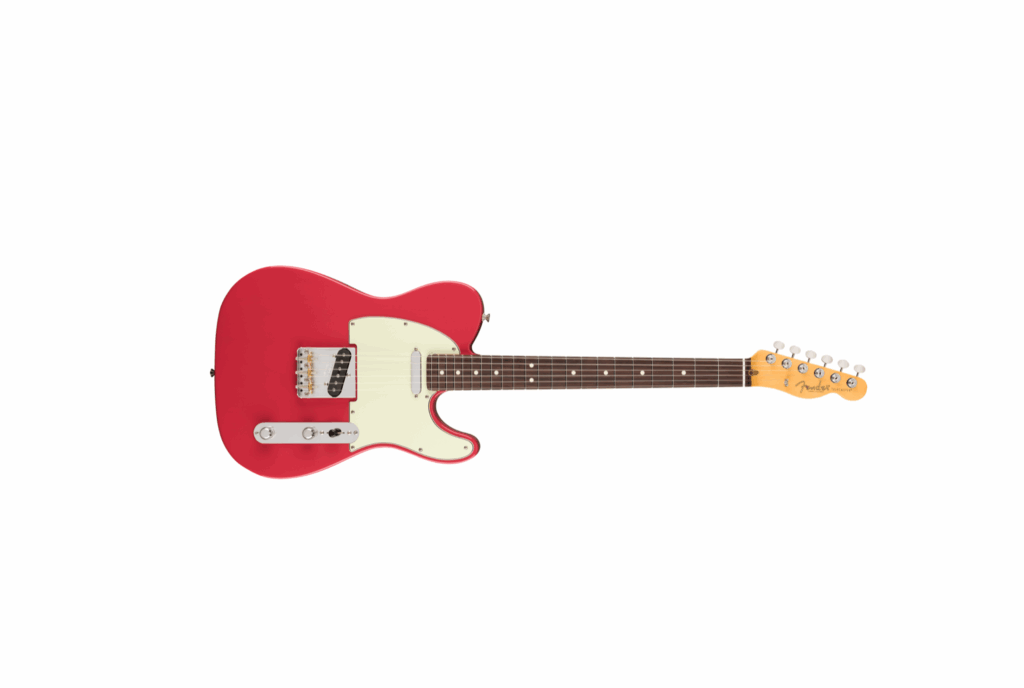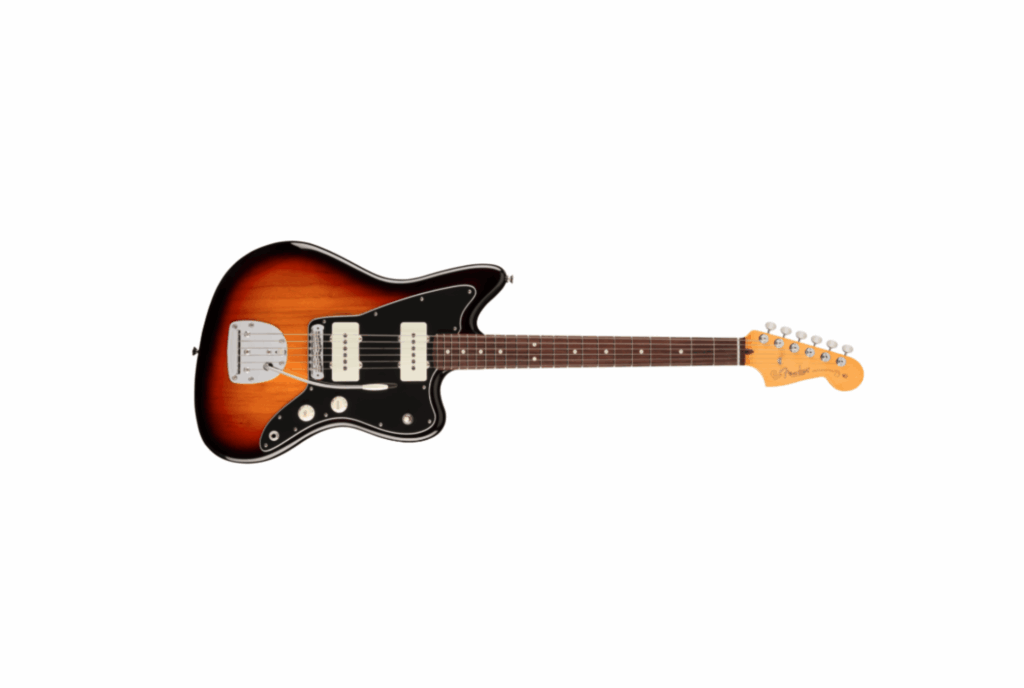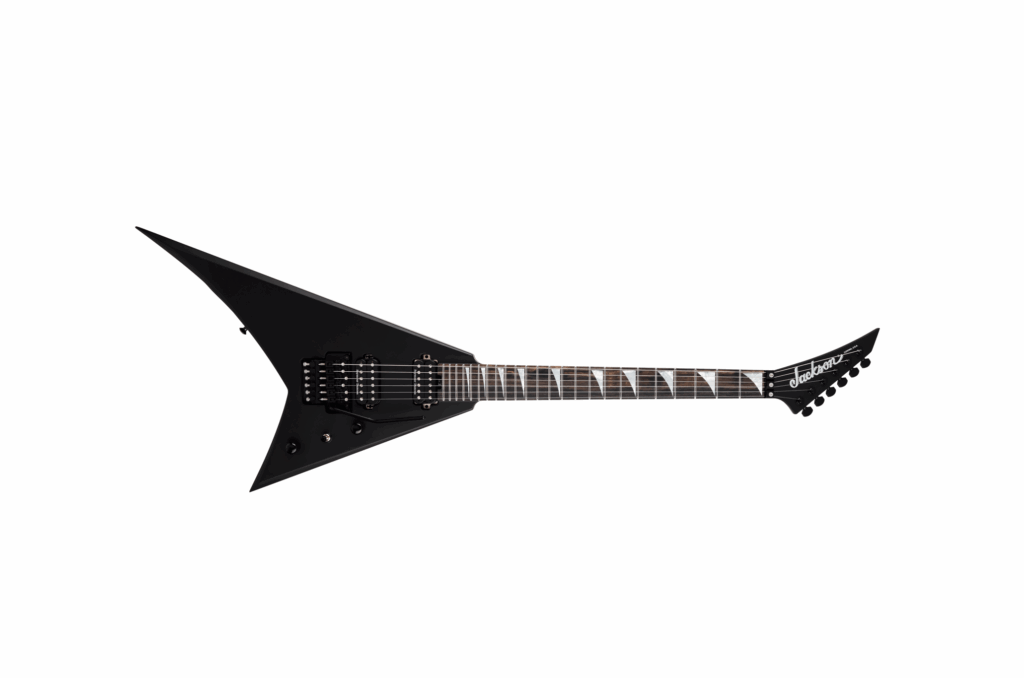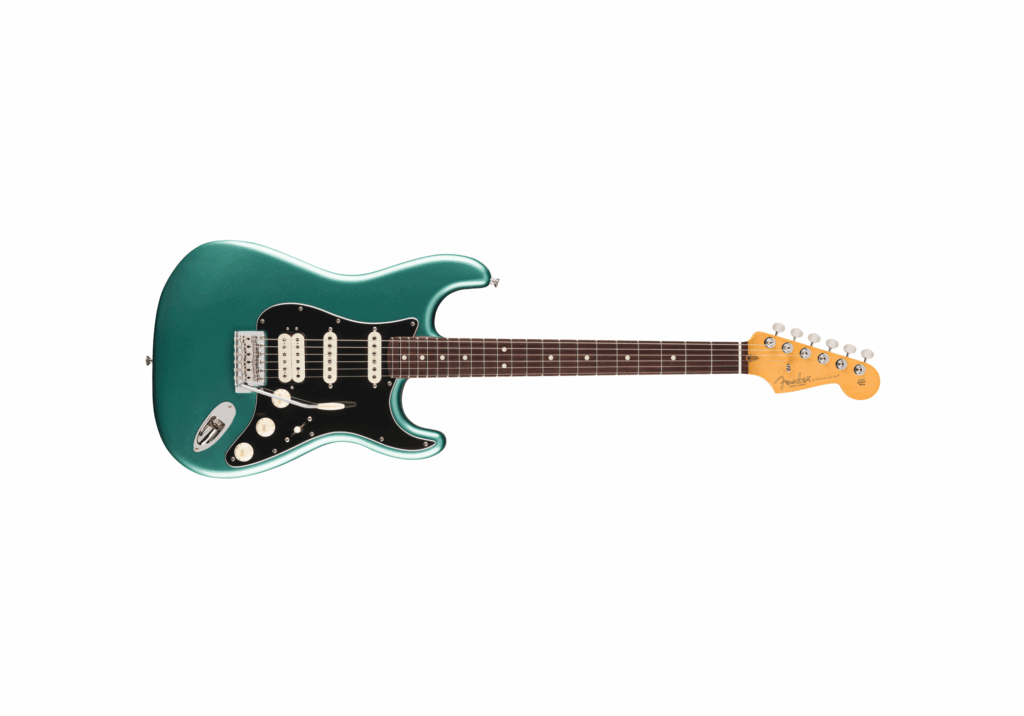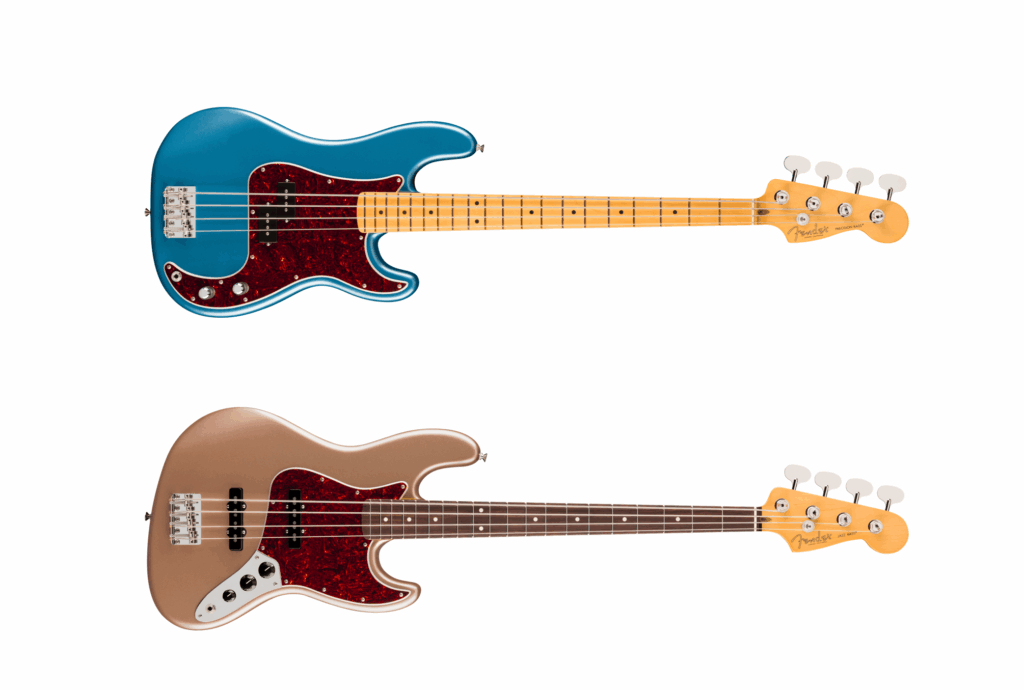Cranborne Audio Carnaby 500 Harmonic EQ | Mixmasters Pro Audio | RRP: $1,042.00
The Cranborne Audio Carnaby EQ is the latest 500 series release from Cranborne Audio. Cranborne are an increasingly popular company for engineers wanting top quality equipment at an accessible price. They’re not budget by any means, but they harness vintage-style designs, grit and usability without the hefty price tag associated with some other museum spec pieces on the market. Making huge waves in the 500-series world, Cranborne Audio produce a plethora of preamps, EQs, compressors and channels strips, as well as the power supplies to bring them into your workflow.
Read more gear reviews here.
500-Series Modules
500-Series refers to a growing market of audio equipment that fits a universal ‘500’ module size and wiring configuration. Originally pioneered by API in its early consoles and powered by an external power supply, this allows the user to create signal chains of 500-series preamps, compressors and EQs, or use the modules separately. Cranborne Audio push the envelope further than anyone in their 500R8 and 500ADAT power supplies, connected via USB or ADAT respectively if needed, or standard XLR to your converters. Cranborne’s power supplies are unique in that they have summing and metering available, as well as the option to use their power supplies as a monitor controller and interface if needed. If you don’t have a need for this, the analogue (XLR and ¼”) connectors work fine, for example if you want to build a signal chain of preamp and EQ, like the Carnaby 500 Harmonic EQ.
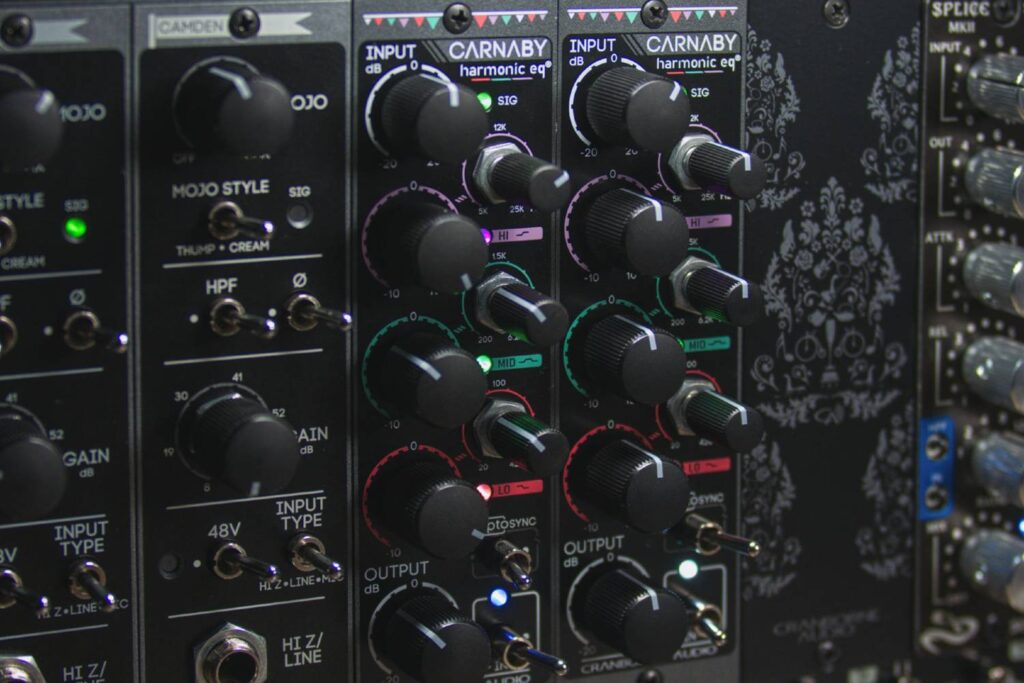
Carnaby Harmonic EQ
You wouldn’t be the first to wonder what the addition of “harmonic” to the Carnaby’s name really means, as Cranborne have pioneered this technology, with the “world’s first Harmonic EQ”. While more traditional EQs boost or cut a selected frequency, sometimes with control of the shape of the Q, the harmonic EQ boosts and cuts the selected frequency, as well as progressive harmonics of that selected frequency. On the surface, the Carnaby looks like a traditional parametric EQ, with selectable frequencies and a boost and cut control. Under the hood, the Carnaby is doing something different. The three bands are, while selectable, affecting different frequency ranges because of how they saturate and add harmonics. The Lo band uses hard clipping from 420Hz down to 20Hz to extend sub harmonic frequencies for a thick, warm bottom end using a shelf. The Mid band is a peaking filter with a fixed Q that affects 200Hz up to 6.2kHz, while the Hi band saturates for smoother high end from 5kHz to 25kHz, also harnessing a shelf to affect everything above the frequency that’s been set. You’ll notice the bands all overlap, allowing you to shape different areas of a sound in different ways. What’s more, the Carnaby allows stereo-linking via their OPTOSYNC feature, chaining two units together and controlling them both via the left module. This is especially handy for making sure stereo settings are matched, though the stepped controls allow very precise adjustments to be specified and recalled!
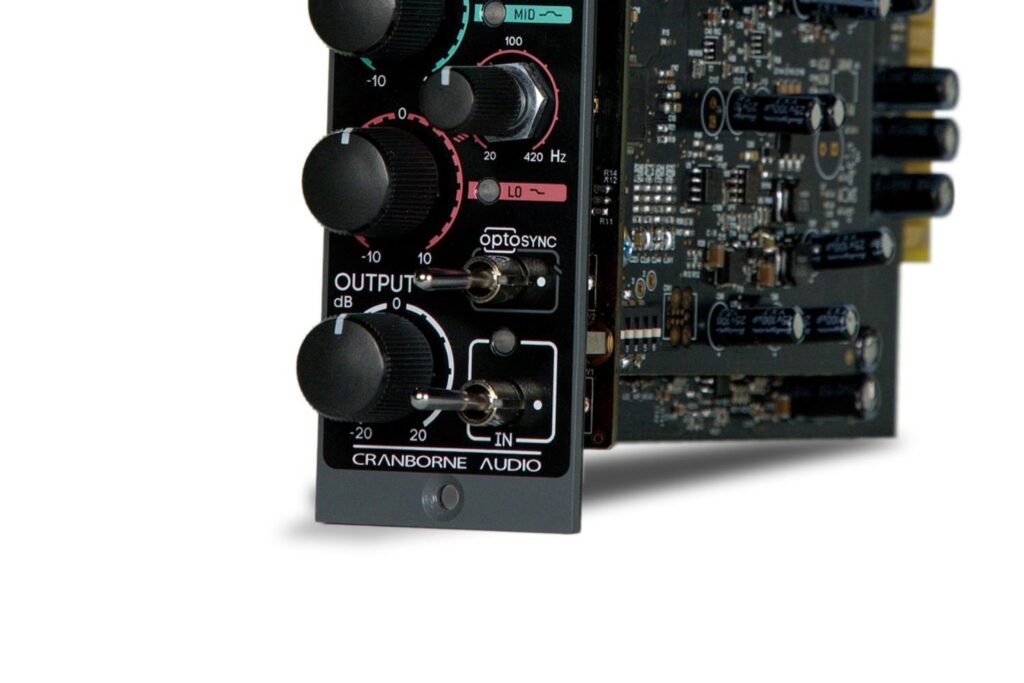
In use, the Carnaby functions well and sweetens sound, but my expectations of an EQ weren’t immediately transferable. It’s not as simple as boosting and cutting frequencies, instead requiring you to drive frequencies into saturation for a gentle effect. In saying this, even driving frequencies hard yields a more cohesive sound than a traditional EQ, the Carnaby slowly introducing changes rather than a sharp Q at a specific frequency. The Carnaby is not particularly precise, but it’s not made to be so, it can be a soft sheen across a mostly finished sound, or to drive and bolster a signal without overloading it audibly (though even driving the input of the Carnaby quite hard sounded great). What’s more, the Carnaby arrived very well packaged, giving you a little unboxing moment, as well as being securely bagged to ensure they arrive safely to you.
The input control on each channel harness more or less saturation across the board, with the universal Input and Output knobs controlling the overall signal flow. For example, you can back off the mids (up to +/- 10dB for each band), and drive the module overall to saturate the highs and lows but leave the mids somewhat unaffected. The opposite works as well, pushing the mids would make them hit the threshold of saturation earlier than the lows and highs if left at +/- 0dB.
All in all, the Carnaby is an interesting take on something as universal as an equaliser. The Carnaby is a colourful, saturated and modern take on something we’ve been harnessing for decades. While more traditional EQs are used to sculpt and refine a sound, the Carnaby is the finisher, a piece that adds the air at the top end and weight at the bottom, all the while driving and warming the mids. Coupled with one of Cranborne range of preamps or compressors, the Carnaby can be used to add a subtle, magical something to recorded tracks, or to add the finishing touch while mixing.
The Carnaby offers great results as a stereo EQ on your mix bus, as well as on a separate stems here and there (which currently has me needing at least four Carnaby modules per mix – uh oh), the Carnaby is a great tool to have in your arsenal. It offers driving, roaring grit or subtle sheen, and Cranborne well built, well priced ethos will have you wondering how you mixed without a Carnaby.
For more information head to Cranborne Audio. For local enquiries visit Mixmasters Pro Audio.
